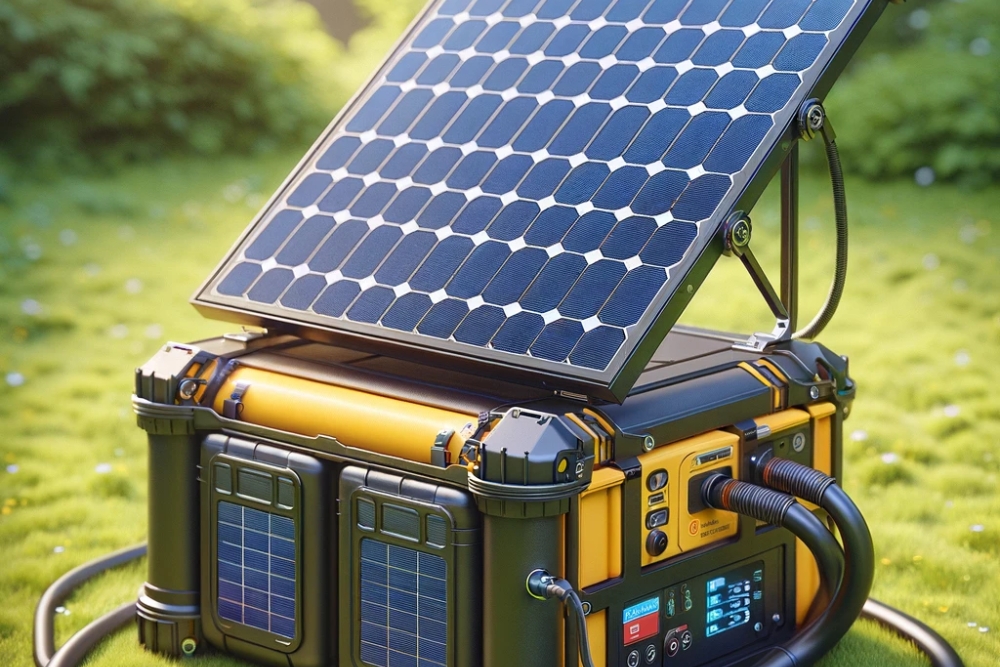A Comprehensive Guide to the Cremation Process: A Step-by-Step Breakdown
Navigating end-of-life decisions can feel overwhelming, but being well-informed makes all the difference. This comprehensive guide simplifies the cremation process, breaking it down into clear, easy-to-understand steps. Get all the essential facts you need to make thoughtful, informed choices for yourself or your loved ones, ensuring peace of mind during a sensitive time.

What is cremation and how does it differ from traditional burial?
Cremation is the process of reducing a deceased person’s body to bone fragments using high heat and flame. Unlike traditional burial, which preserves the body in a casket underground, cremation transforms the remains into ashes, also known as cremains. This method offers more flexibility in terms of final resting place and can be more cost-effective than traditional burial options.
What are the initial steps when choosing cremation services?
The first step in choosing cremation services is to contact a funeral home or crematorium. You’ll need to provide essential information about the deceased and decide on the type of cremation service you prefer. Options typically include direct cremation (no viewing or ceremony beforehand), cremation with a memorial service, or a full funeral service followed by cremation. It’s important to research and compare different providers to find one that aligns with your needs and budget.
What legal requirements must be met before cremation can occur?
Before cremation can take place, several legal requirements must be satisfied. These typically include:
-
Obtaining a death certificate signed by a medical professional
-
Securing authorization for cremation from the next of kin or legally authorized representative
-
Waiting for any mandatory waiting periods (which vary by state)
-
Obtaining a cremation permit from the local health department or medical examiner
It’s crucial to work with a reputable cremation provider who can guide you through these legal requirements and ensure all necessary documentation is in order.
How is the cremation process carried out?
The cremation process itself involves several carefully managed steps:
-
The body is identified and prepared for cremation
-
Any medical devices or prosthetics that may be harmful during cremation are removed
-
The body is placed in a combustible container or casket
-
The container is moved into the cremation chamber, also known as a retort
-
The chamber is heated to extremely high temperatures (usually between 1,400 to 1,800 degrees Fahrenheit)
-
The body is reduced to bone fragments over 2-3 hours
-
The remains are cooled and processed into a fine, sand-like consistency
-
The cremains are placed in a temporary container or urn of your choice
What happens after cremation, and what are the options for the cremains?
After cremation, you have numerous options for handling the cremains. Some popular choices include:
-
Keeping the ashes in an urn at home
-
Scattering the ashes in a meaningful location (following local regulations)
-
Burying the ashes in a cemetery plot or columbarium niche
-
Creating memorial jewelry or keepsakes containing a small portion of the ashes
-
Incorporating the ashes into an artificial reef or tree-planting program
The flexibility of these options allows families to create personalized and meaningful tributes to their loved ones.
How much does cremation typically cost, and what factors influence pricing?
Cremation costs can vary significantly depending on location, services chosen, and provider. Here’s a breakdown of typical costs:
| Service Type | Provider | Cost Estimation |
|---|---|---|
| Direct Cremation | Budget Cremation Services | $600 - $1,000 |
| Cremation with Memorial | Mid-Range Funeral Home | $2,000 - $4,000 |
| Full Service Cremation | Full-Service Funeral Home | $4,000 - $7,000 |
Prices, rates, or cost estimates mentioned in this article are based on the latest available information but may change over time. Independent research is advised before making financial decisions.
Factors that influence pricing include:
-
Geographic location
-
Type of service (direct cremation vs. full service)
-
Urn or container selection
-
Additional services (viewing, ceremony, etc.)
-
Transportation costs
When comparing cremation services, be sure to ask for itemized price lists to understand exactly what’s included in each package. Some providers may offer all-inclusive pricing, while others charge separately for various components of the service.
In conclusion, understanding the cremation process step-by-step can help you make informed decisions during a challenging time. From initial considerations to legal requirements and final disposition options, being well-informed allows you to choose the most appropriate and meaningful way to honor your loved one or plan for your own future arrangements.






